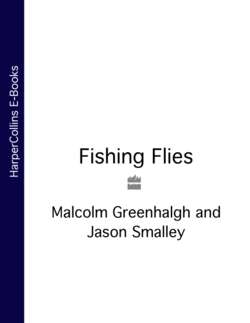Читать книгу Fishing Flies - Smalley - Страница 11
DO WE NEED SO MANY DIFFERENT FLIES?
ОглавлениеThe answer is, of course, no! This Encyclopedia contains the tyings for nearly 250 different dry flies designed for catching trout and other fish that take insects from the water surface. By varying size and, sometimes, colour/shade, it would be possible to use one pattern to match several species of real fly, so from the practical fishing point-of-view, the 250 could become over a thousand flies in the box. If it were essential to carry so many imitations, the hatch would be over before a fly was cast! In The Floating Fly (2008), Malcolm Greenhalgh described just eleven different dry and emerger patterns that, he argued, would catch any fish eating any insect floating at the surface of any river or lake anywhere in the world! Seventy-five years earlier, Edward Hewitt listed ten dry flies (five winged and five hackled) in Hewitt’s Handbook of Fly Fishing (1933) and added: ‘Personally, I would not want any more patterns of dry flies than the above … Don’t get a raft of patterns. They are not necessary at all [his italics].’ Ray Bergman (in Just Fishing, also 1933) agreed, noting that: ‘I think it is possible to get along with half a dozen [dry fly] patterns ranging from [sizes] 10 to 15.’
Life would, however, be incredibly boring if we tied and carried only a few patterns that we knew nearly always caught fish. Most of us do carry our favourite flies, the ones in which we have lots of faith. But we do enjoy tying and trying new ones. The worst scenario would be the discovery of the Holy Grail, the fly that catches every fish it is cast to. For then there would be no need to tie or carry any other fishing fly, there would be no challenge, and it would signal the end of fly-tying and fly-fishing.
